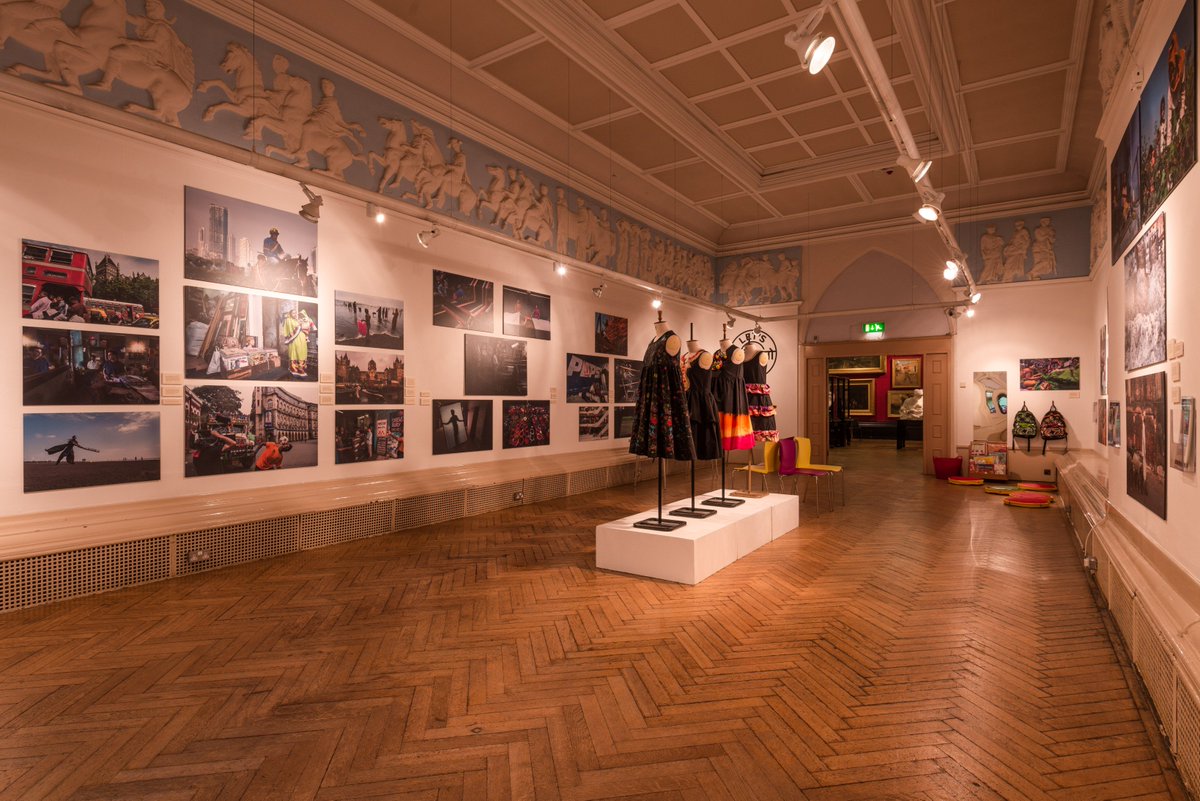Blackburn is known for its thriving cultural scene with stunning art centres in the town. Art and heritage also have a significant role in its cultural life with the historic Cathedral being its iconic sculpture and a must-see on any cultural tour of the town. If you are visiting this Lancashire town and have booked a hotel in Blackburn, you want to know in advance the best places to visit when you get there.
The following are must-visit places in the town:
Blackburn Cathedral
The Cathedral is one of the newest cathedrals in England. It is the Diocese’s mother church that covers nearly the whole of Lancashire. On your visit, spend time looking around any part of the Cathedral. You can listen to the world-class Walker organ at its concerts or see the sun stream through the 56 different panes of coloured glass in the lantern tower.
Blackburn Museum and Art Gallery
This museum was opened in 1874 as both a museum and library and now it provides a dynamic program of exhibitions and events that families can enjoy. It is housed in a fantastic Arts and Crafts style building in the heart of the town, near the Town Hall and cinema. Blackburn Museum and Art Gallery has more than 1000 Japanese prints, 500 books and manuscripts, and 5000 examples of coins and money. This means that you will never be short of things to see here. Make sure to consider the accessibility of the museum and other tourist spots when you start looking for hotels in blackburn.

Hoghton Tower
This fortified historic manor house is located in the village of Hoghton, Preston, Lancashire. This building has a lot of interesting features that include the Tudor Well House and has a horse-drawn pump and oaken winding gear. It is approached by a long straight drive that leads to the eastwards from the A675 road. The public can explore the house and the gardens at advertised times. Visitors will pay an admission fee that includes a guided tour of the house where a collection of dolls’ houses can be found.
Samlesbury Hall
Samlesbury Hall was constructed in 1325 but it has been able to retain its original typical black and white exterior. Visitors can visit the archive room and explore the witchcraft and centuries of enthralling times that passed by. It is under the care of the Charitable Trust that wants to maintain and keep it open for visitors to enjoy.

Turton Tower
This manor house has been evolving over the last 600 years. It has been modified and adapted to suit the needs and tastes of people who lived there. Its oldest part is the stone pele tower that measures 45 feet in length from north to south and 24 feet in width. Visitors can still identify parts of the first Tudor cruck frame inside the house and the 500-year-old wattle and daub. It is open between March and October, from Wednesday to Sunday where you can marvel at a 1590 oak bead, tapestries, and 17th century Swiss painted glass. The kitchen of the house is now the Victorian Tea Room that opens onto a garden terrace.
